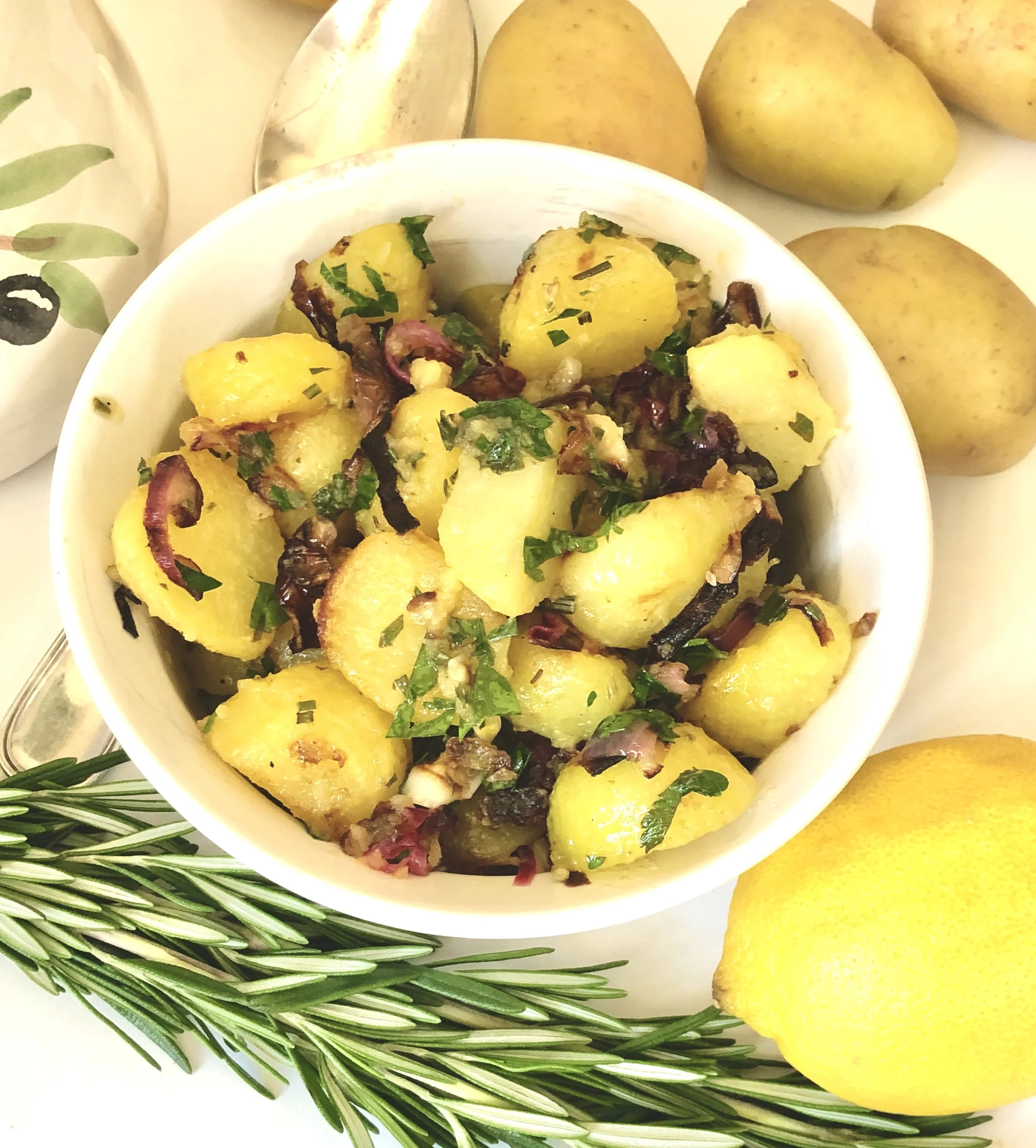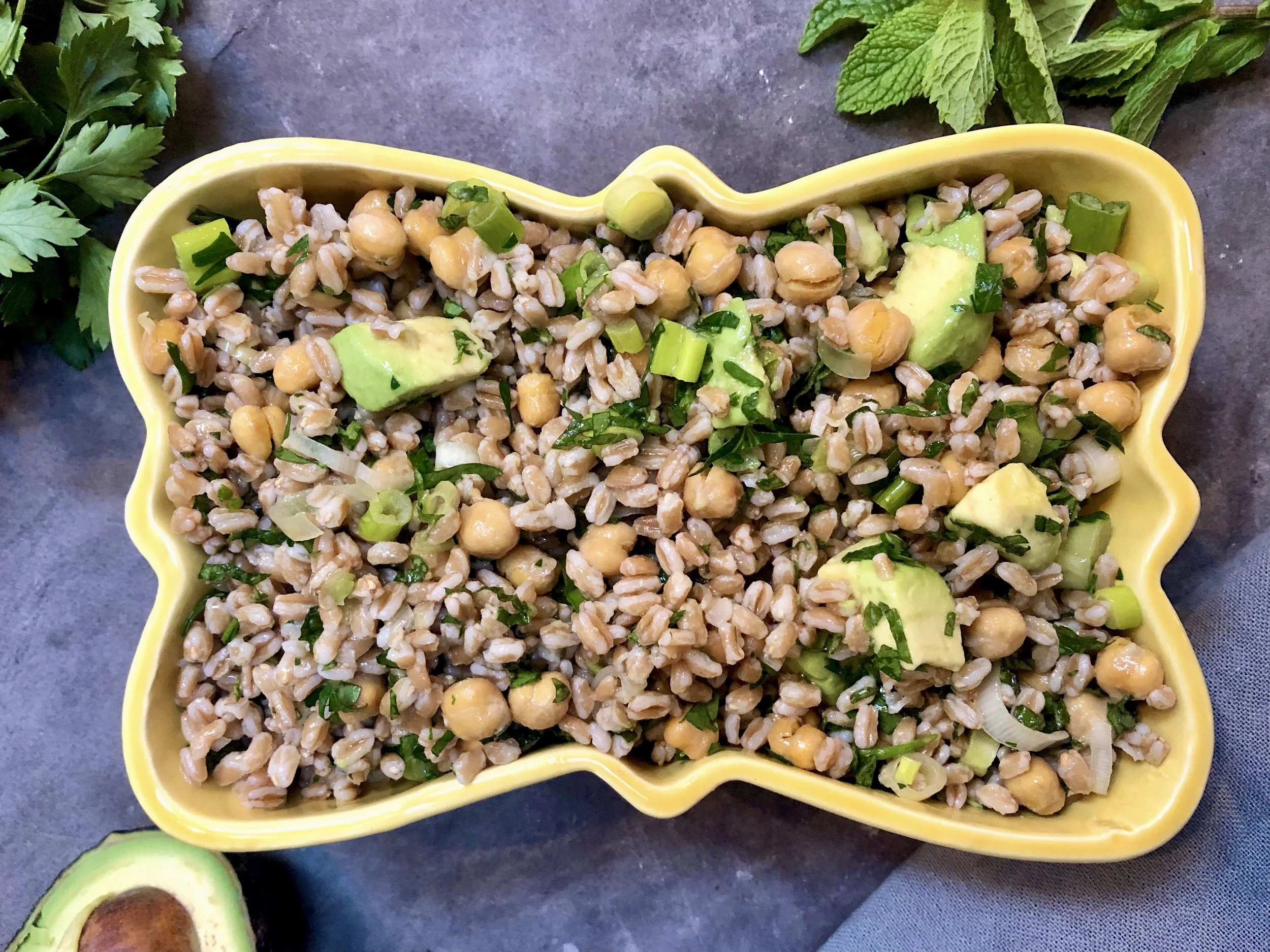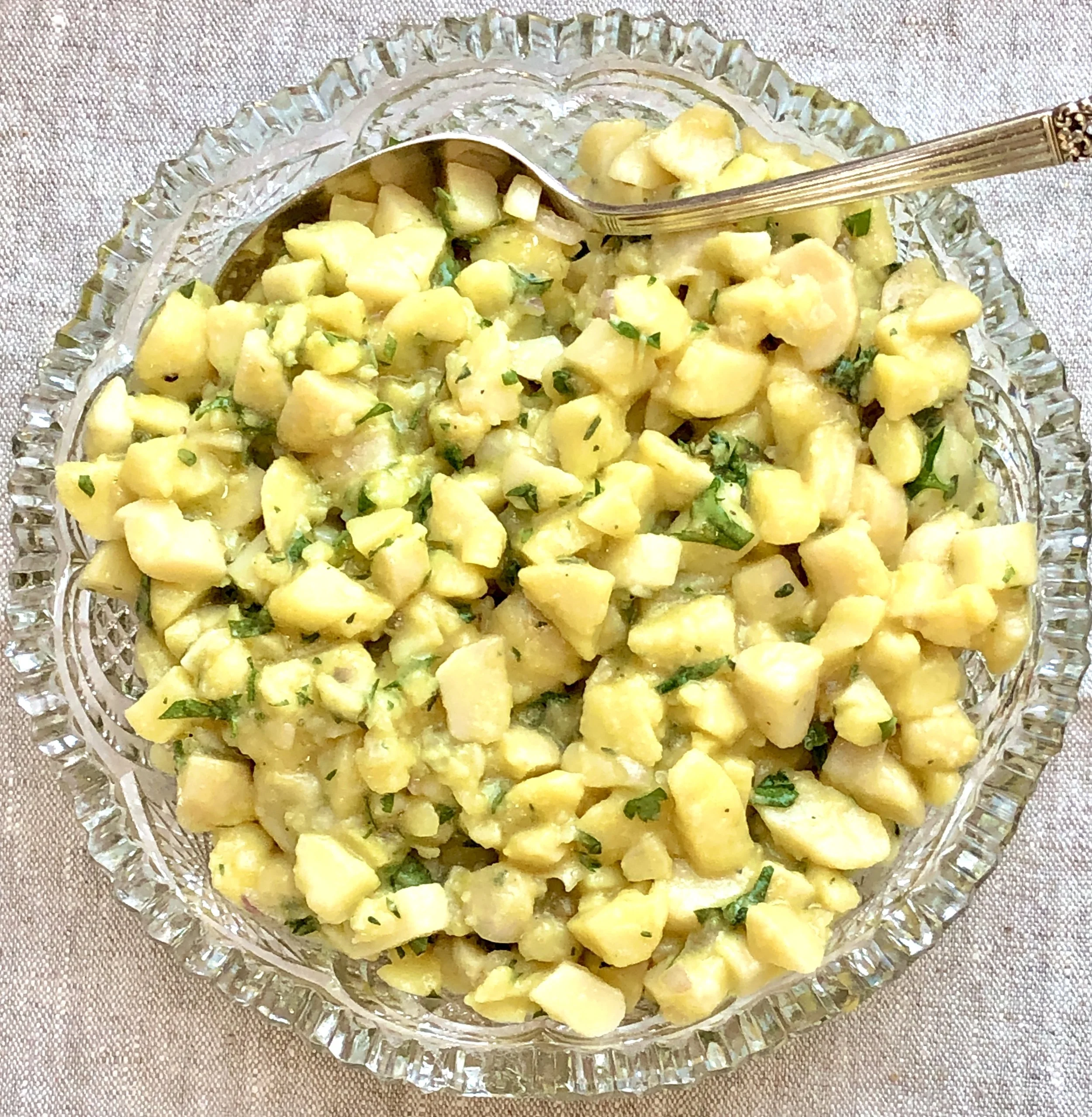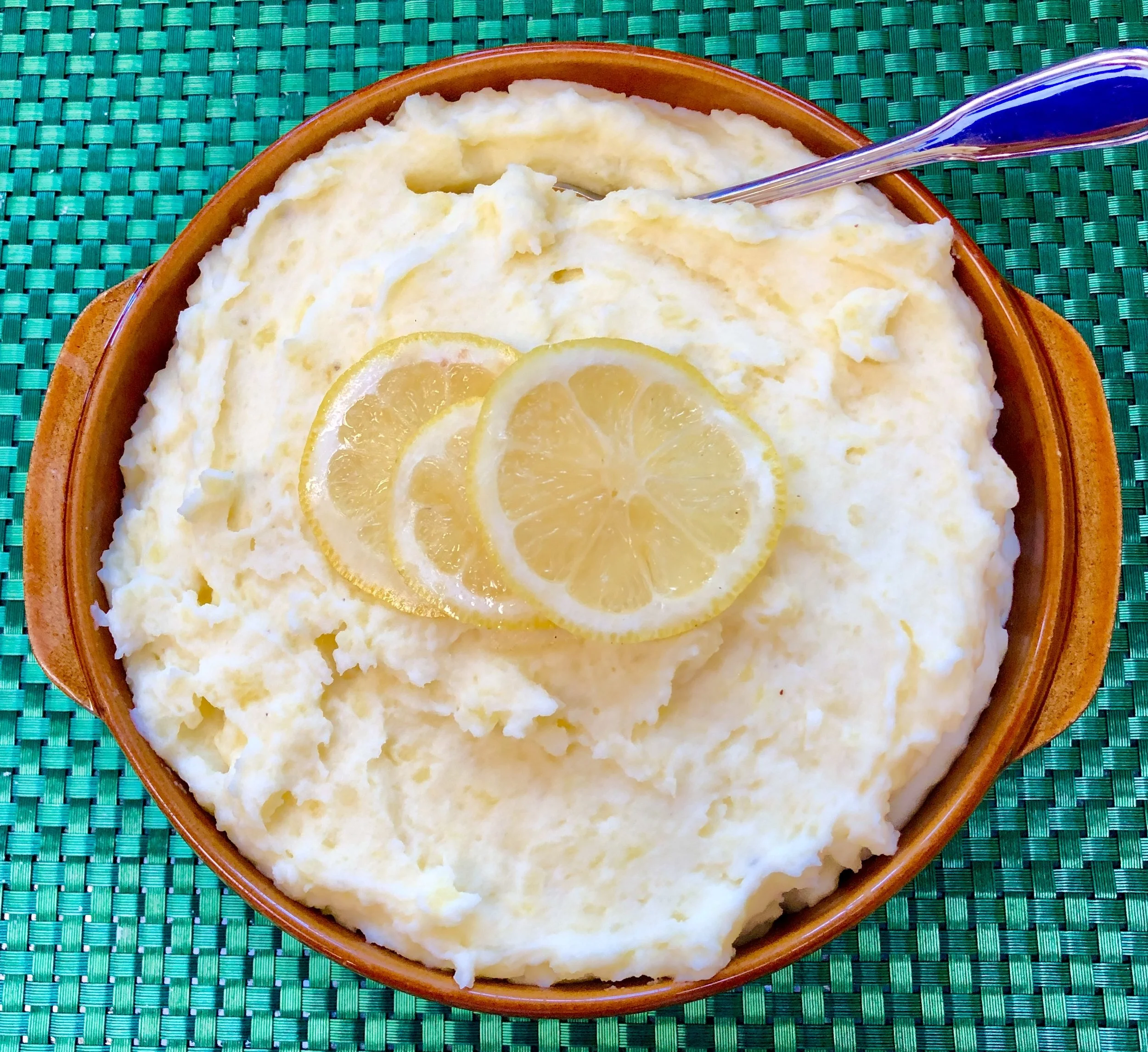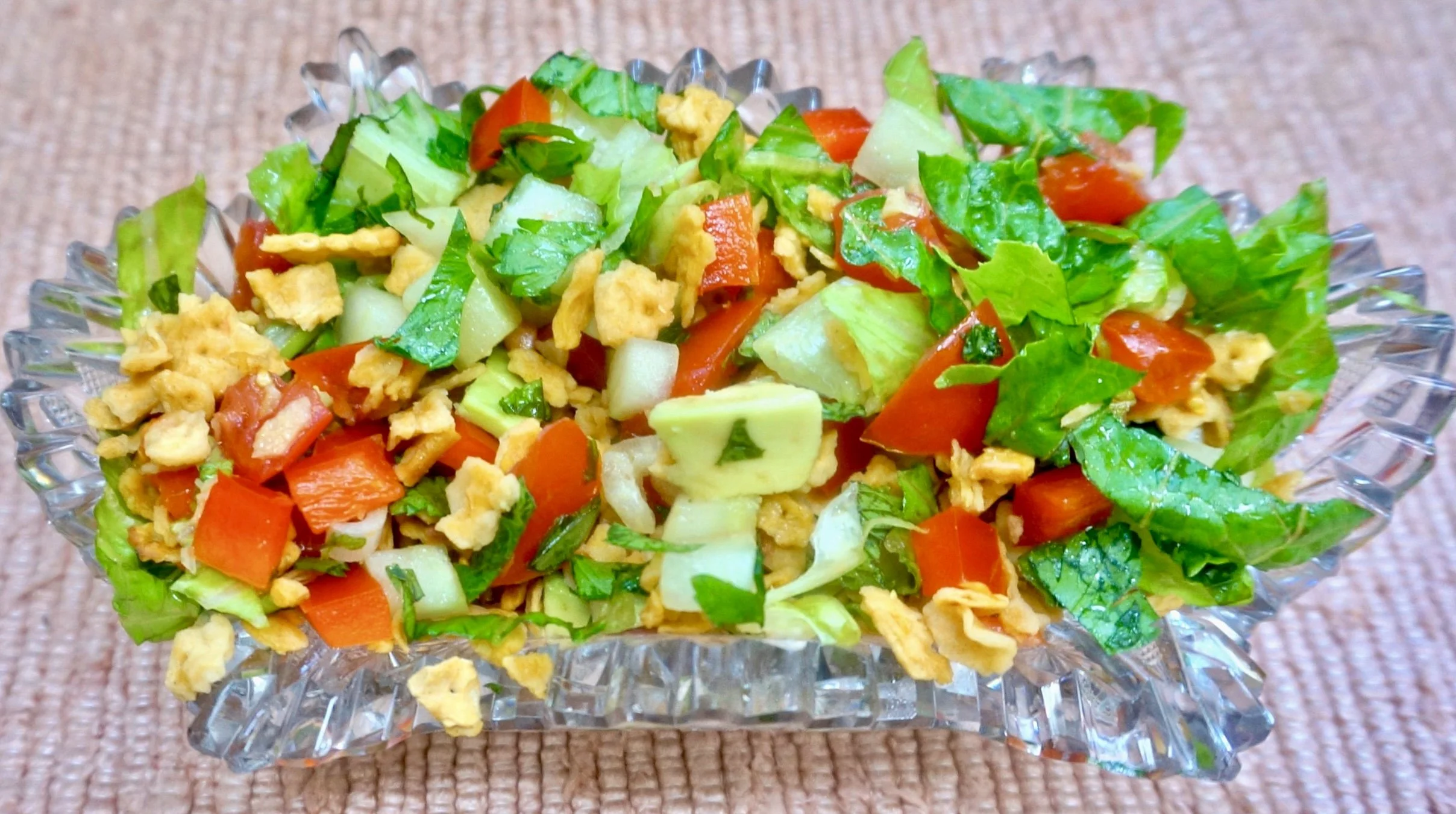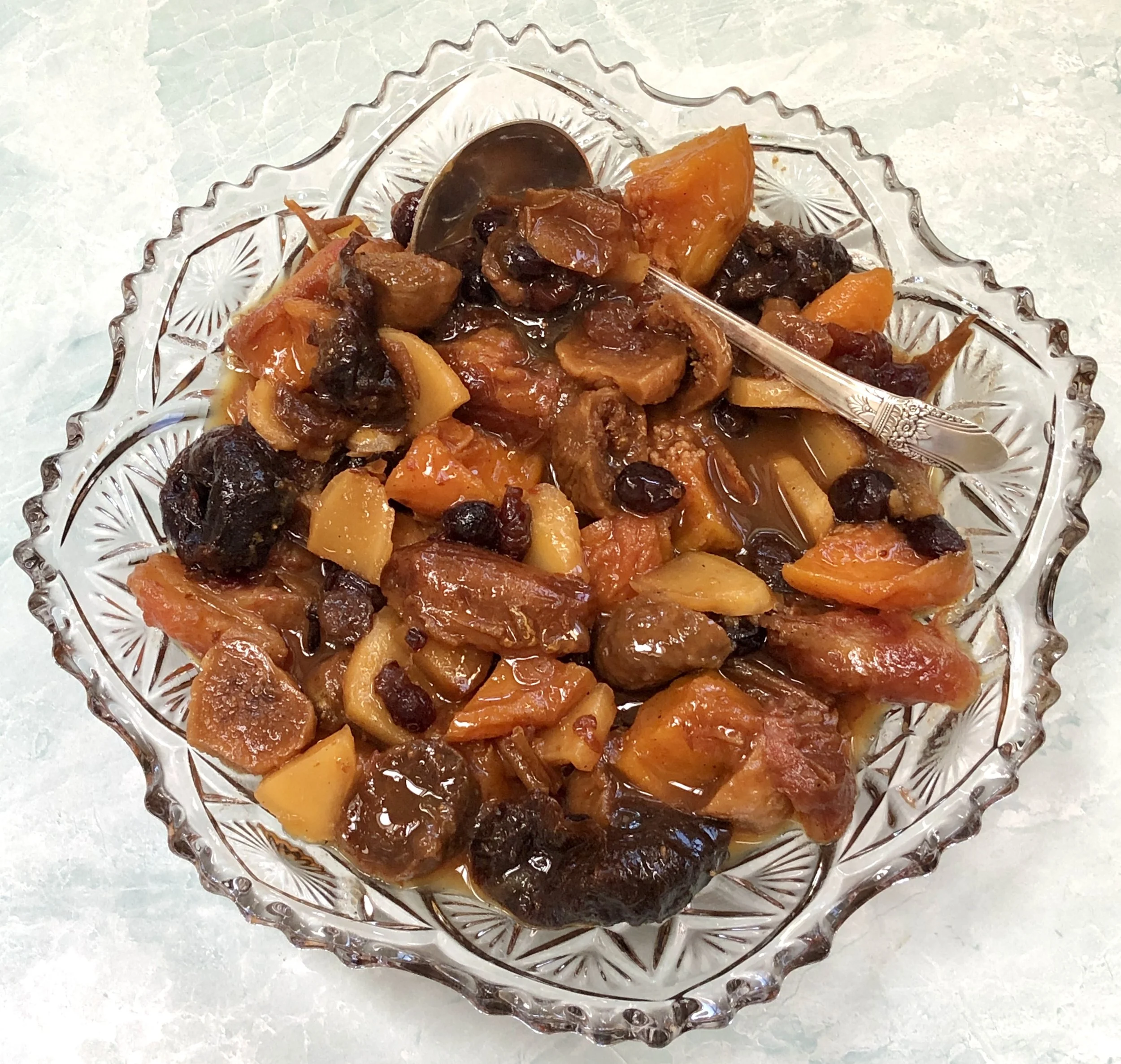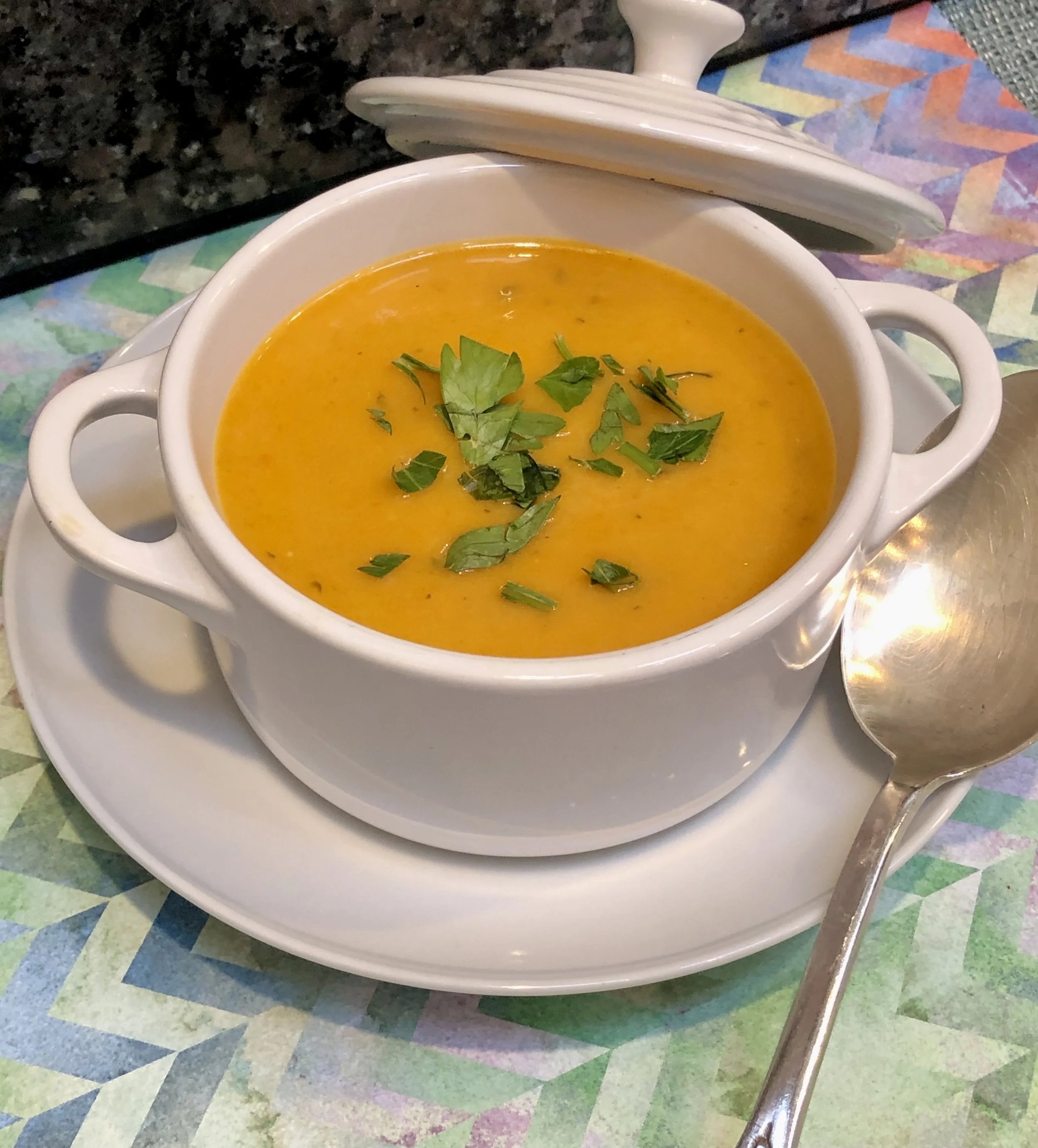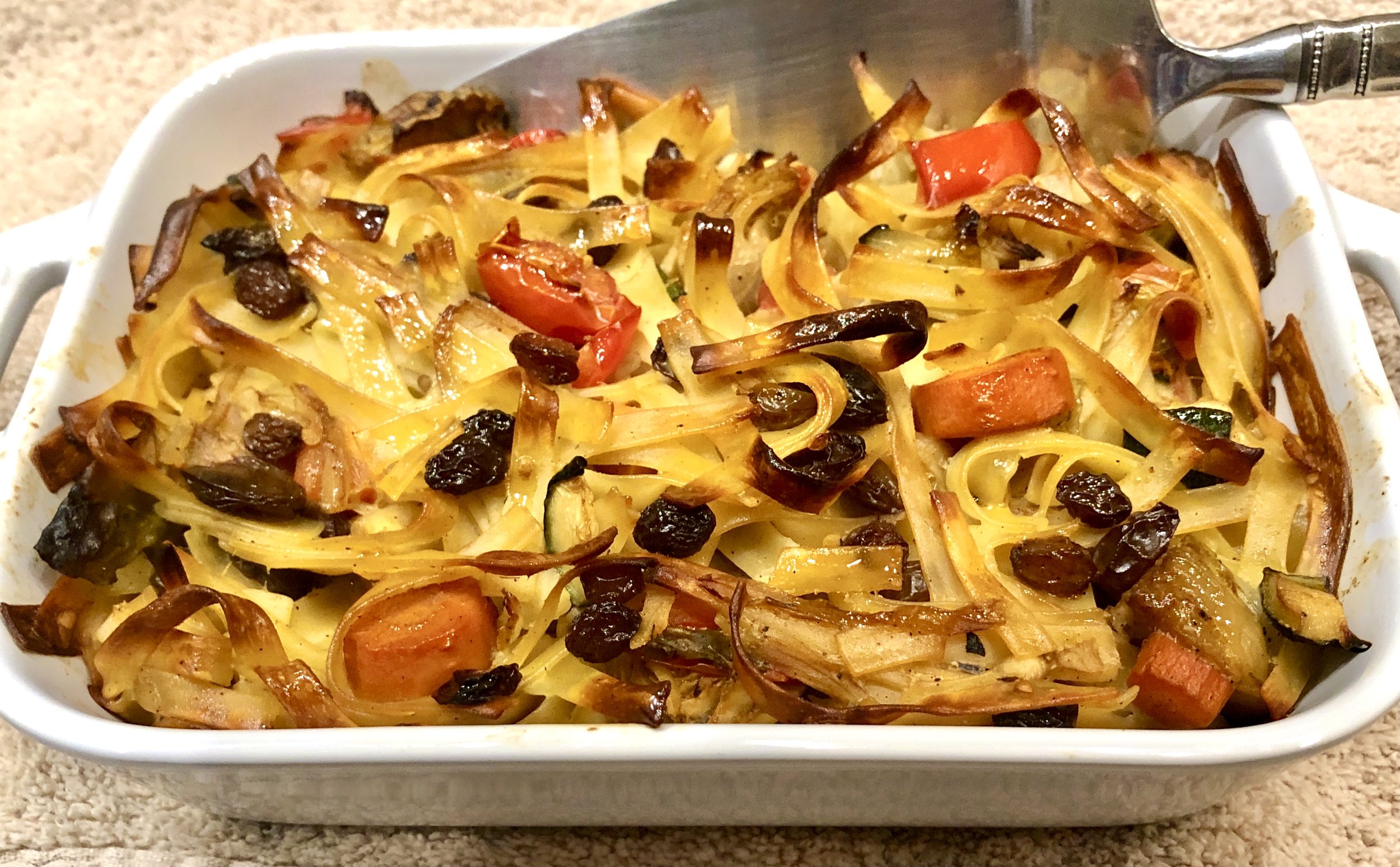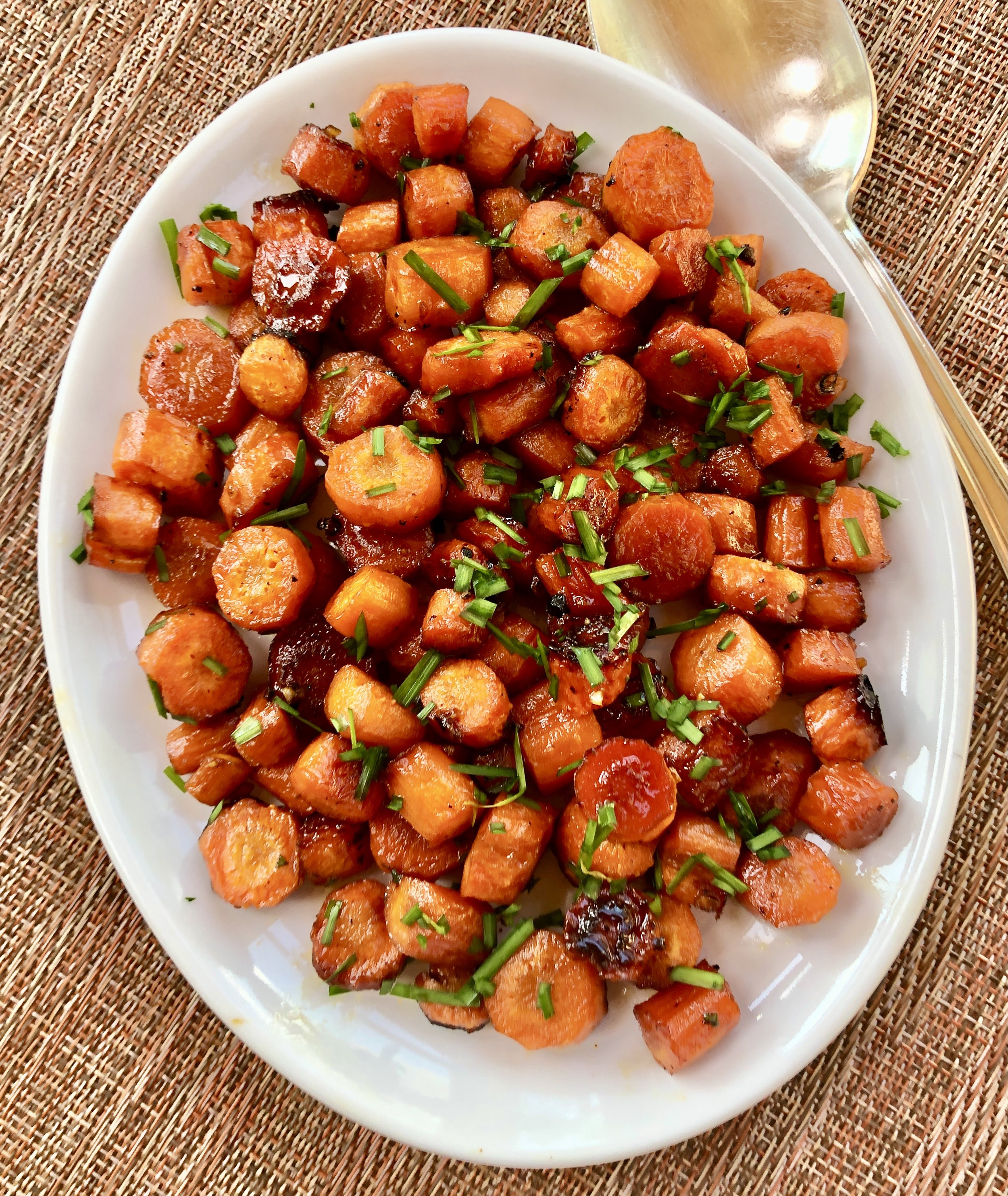Have you ever made potato salad with roasted potatoes? If you haven’t, you’re in for a treat if you try this recipe!
The crispy edges add a really satisfying texture and the flavor is extra rich because the high heat caramelizes the onions. (I used a cast iron pan and suggest that for best results but your oven is fine (instructions below) and if you have room for the pan on an outdoor grill — go for it and cook the entire feast outdoors.
This dish tastes best at room temperature, although my husband likes it hot, so, either way.
P.S. I told you I have LOTS of recipes for potato salad!
ROASTED POTATO SALAD WITH RED ONIONS AND ROSEMARY
2 pounds “new” waxy potatoes (such as Red Bliss or baby Yukon Golds)
5 tablespoons olive oil
1 small red onion, thinly sliced
3 tablespoons lemon juice
1 teaspoon Dijon mustard
3 tablespoons chopped fresh parsley
2 teaspoons chopped fresh rosemary
salt and freshly ground black pepper to taste
Preheat the oven to 425 degrees. If you have a cast iron grill pan or frying pan, preheat it in the oven. Wash the potatoes and cook them in simmering water for 12-15 minutes or until tender. Peel the potatoes when they are cool enough to handle; cut them into bite size pieces. Pour 2 tablespoons of the olive oil over the potatoes, toss them to coat all sides. Place the potatoes in the preheated pan (or use an ovenproof pan or baking sheet). Roast the potatoes for 10 minutes. Add the onion slices, mix and roast for another 10-15 minutes, mixing them once or twice, or until the ingredients are lightly browned and crispy. Place the ingredients in a bowl. While still warm, mix the remaining olive oil, lemon juice and Dijon mustard. Pour over the potatoes and onion. Add the parsley and rosemary. Toss the ingredients. Season to taste with salt and pepper. Let rest for at least 15 minutes before serving.
Makes 4-6 servings
